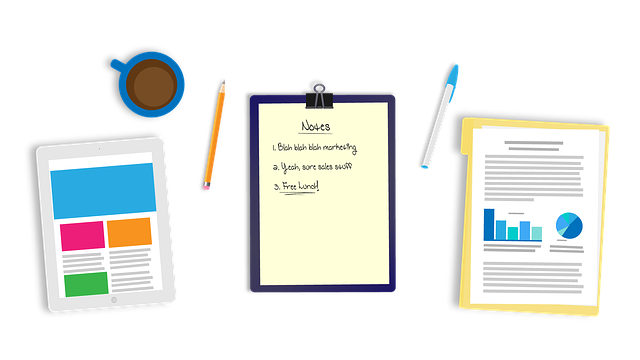AI-powered fitness avatars are transforming personal training with interactive, adaptable workouts. These virtual trainers use algorithms to create personalized routines, track performance, and provide real-time feedback based on biometric data, adjusting exercises accordingly. A key feature is AI obstacle course progression guidance, designing dynamic workouts tailored to users' proficiency levels, minimizing injury risk by preventing overexertion. By offering expert instruction, instant feedback, and encouragement, these avatars foster accountability and enjoyment, leading to better adherence, improved fitness outcomes, and a safe, effective training experience. Success relies on understanding AI's role as an adaptive tool, with best practices including setting goals, embracing regular feedback, and accepting workout variations guided by AI obstacle course progression.
AI avatars are transforming the fitness landscape, offering personalized workout sessions tailored to individual needs. These intelligent digital coaches leverage advanced algorithms to simulate real-time interaction, providing motivation and feedback. Understanding how AI-powered fitness avatars work and their benefits is crucial in today’s digital era. This article explores AI avatar capabilities, delves into the advantages of personalized workouts, and provides best practices for navigating the AI obstacle course progression guidance.
- Understanding AI-Powered Fitness Avatars: How They Work
- Benefits of Using AI for Personalized Workout Sessions
- Navigating AI Obstacle Course Progression: Guidance and Best Practices
Understanding AI-Powered Fitness Avatars: How They Work

AI-powered fitness avatars are transforming personal training by offering interactive and adaptable workouts. These virtual trainers use advanced algorithms to create personalized exercise routines, track user performance, and provide real-time feedback. By analyzing movement patterns, heart rate, and other biometric data, AI avatars can adjust the intensity and type of exercises, ensuring users receive tailored guidance for their fitness journey.
The obstacle course progression guidance offered by these avatars is a prime example of their capabilities. They design dynamic workouts that challenge users at their own pace, introducing new exercises and increasing difficulty levels as proficiency improves. This adaptive approach not only keeps users engaged but also minimizes the risk of injury by preventing them from pushing beyond their current abilities.
Benefits of Using AI for Personalized Workout Sessions

Using AI avatars for personal fitness sessions offers a multitude of benefits, revolutionizing the way we approach exercise and health. One of the key advantages is the ability to provide tailored guidance based on individual needs and goals. AI algorithms can analyze user data, such as fitness level, medical history, and preferred workout styles, to create customized workout plans that adapt in real-time. This ensures a more effective and safe training experience, catering to diverse user requirements.
Furthermore, AI avatars act as engaging motivators, simulating the presence of a personal trainer. They can offer detailed explanations, demonstrate exercises correctly, and provide instant feedback on form and technique. By incorporating AI obstacle course progression guidance, users are encouraged to push their limits while receiving expert-level instruction. This interactive approach fosters a sense of accountability, making workouts more enjoyable and ultimately leading to better adherence and improved fitness outcomes.
Navigating AI Obstacle Course Progression: Guidance and Best Practices

Navigating an AI-driven fitness journey involves understanding the obstacle course of progress it presents. As AI avatars simulate personal sessions, users should expect a tailored yet challenging path. The key to success is adaptive guidance—AI should continually assess performance and adjust the intensity, technique, or exercise types accordingly. This ensures users receive appropriate support without becoming bored or overwhelmed.
Best practices include setting clear goals with the AI, allowing for regular feedback loops, and embracing variations in workouts. Users should remember that AI avatars are tools designed to enhance human effort, not replace it. Therefore, active participation and commitment remain crucial while leveraging AI obstacle course progression guidance for optimal fitness outcomes.
AI avatars are transforming personal fitness by offering customized workout sessions, leveraging advanced algorithms to adapt to individual needs. By analyzing user data and providing real-time feedback, these digital coaches ensure effective exercise routines tailored to specific goals. While navigating the AI obstacle course progression requires best practices, such as clear goal setting and consistent feedback, the benefits—including increased engagement and improved fitness outcomes—make AI avatars a game-changer in today’s digital health landscape.
